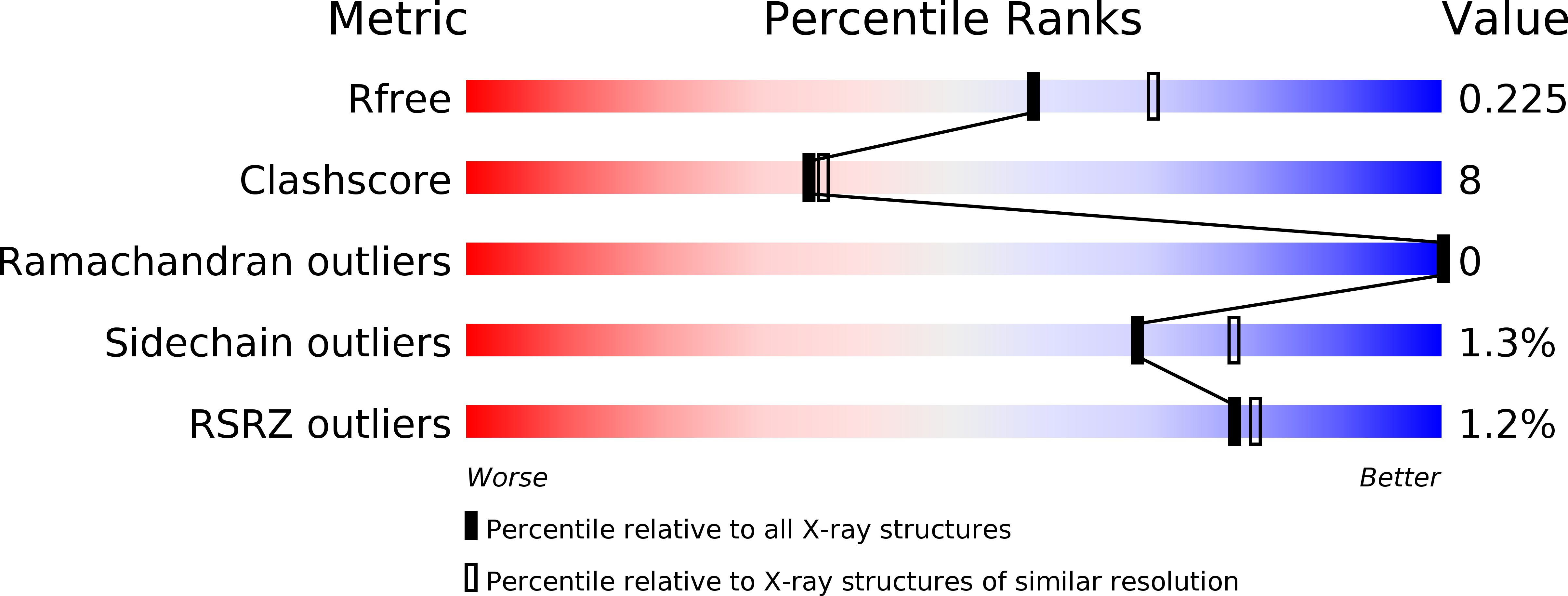
Deposition Date
2011-10-31
Release Date
2012-04-04
Last Version Date
2024-04-03
Entry Detail
PDB ID:
3UEP
Keywords:
Title:
Crystal structure of YscQ-C from Yersinia pseudotuberculosis
Biological Source:
Source Organism:
Yersinia pseudotuberculosis (Taxon ID: 633)
Host Organism:
Method Details:
Experimental Method:
Resolution:
2.25 Å
R-Value Free:
0.23
R-Value Work:
0.20
R-Value Observed:
0.20
Space Group:
H 3 2


